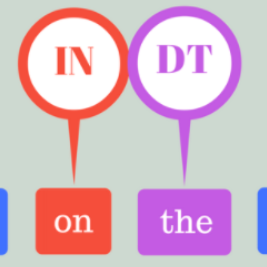The text editing tasks, including sentence fusion, sentence splitting and rephrasing, text simplification, and Grammatical Error Correction (GEC), share a common trait of dealing with highly similar input and output sequences. This area of research lies at the intersection of two well-established fields: (i) fully autoregressive sequence-to-sequence approaches commonly used in tasks like Neural Machine Translation (NMT) and (ii) sequence tagging techniques commonly used to address tasks such as Part-of-speech tagging, Named-entity recognition (NER), and similar. In the pursuit of a balanced architecture, researchers have come up with numerous imaginative and unconventional solutions, which we're discussing in the Related Works section. Our approach to addressing text editing tasks is called RedPenNet and is aimed at reducing architectural and parametric redundancies presented in specific Sequence-To-Edits models, preserving their semi-autoregressive advantages. Our models achieve $F_{0.5}$ scores of 77.60 on the BEA-2019 (test), which can be considered as state-of-the-art the only exception for system combination and 67.71 on the UAGEC+Fluency (test) benchmarks. This research is being conducted in the context of the UNLP 2023 workshop, where it was presented as a paper as a paper for the Shared Task in Grammatical Error Correction (GEC) for Ukrainian. This study aims to apply the RedPenNet approach to address the GEC problem in the Ukrainian language.
翻译:暂无翻译


